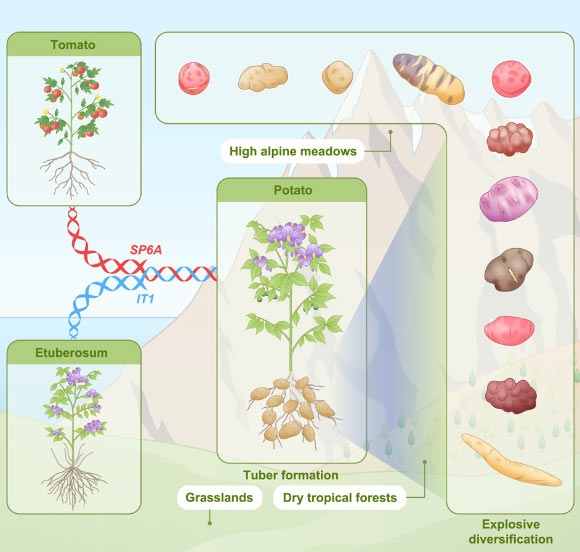Interbreeding between tomato plants and potato-like species from South America about 8-9 million years ago gave rise to the modern-day potato (Solanum tuberosum); this ancient evolutionary event triggered the formation of the tuber, the…
Category: Genetics
-

Potatoes have their roots in ancient tomatoes
The potato came from a surprising mashup.
Spuds are a basic, delicious food for millions worldwide, yet their origin and evolution have long been a scientific mystery. Not anymore, scientists say.
The starchy vegetable emerged 9…
Continue Reading
-
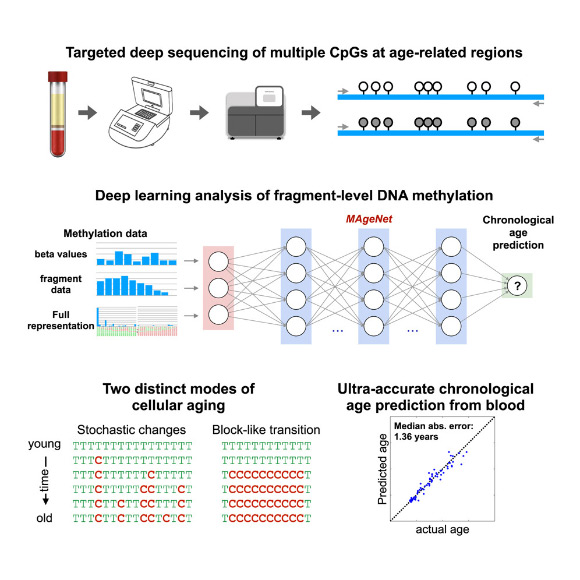
Accurate Age Predictions are Possible Using as Few as 50 DNA Molecules: Study
Using deep learning networks analyzing DNA methylation patterns, scientists at Hebrew University achieved chronological age (defined as the amount of time since birth) predictions with a median accuracy of 1.36-1.7 years for individuals under…
Continue Reading
-
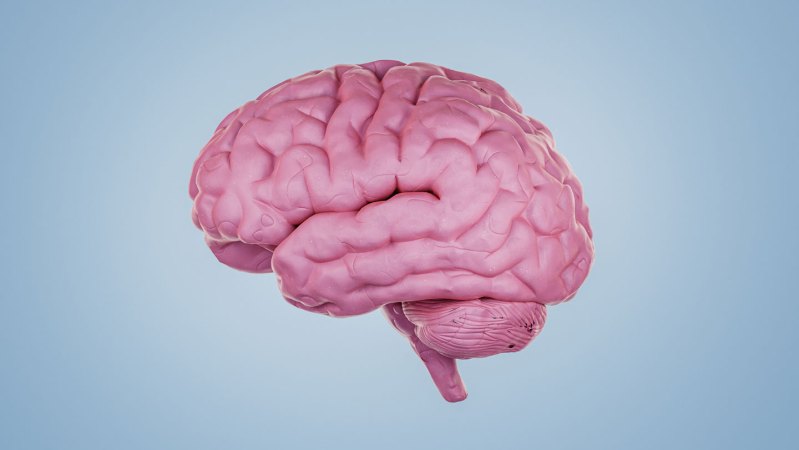
Protein signatures may one day tell brain diseases apart before symptoms
A large-scale study of proteins in blood and cerebrospinal fluid could pave the way for improved blood tests to diagnose multiple brain diseases — and potential early warning signs of disease risk — researchers report July 15 in…
Continue Reading
-
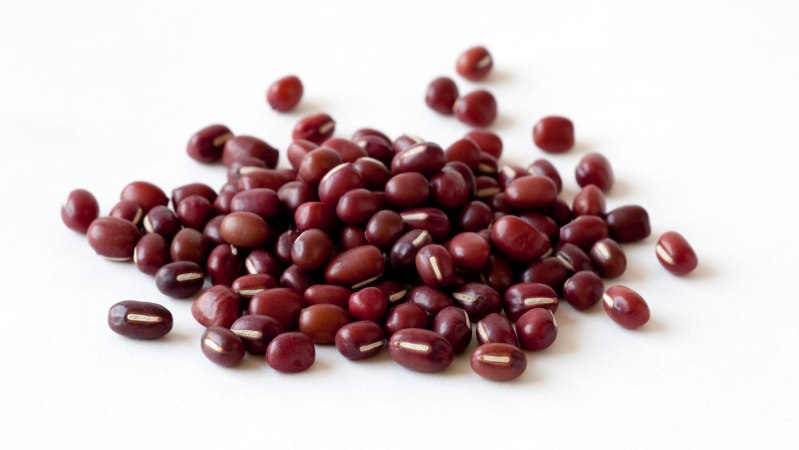
Genetics reveal the origin story of East Asia’s favorite sweet bean
Tucked inside mochi, swirled into moon cakes or layered beneath custard in taiyaki, a sweet paste made from red beans is a beloved staple in East Asia. Despite its popularity, the origins of the bean (also known as adzuki) have long…
Continue Reading
-

Harbin Fossil Belongs to Denisovan Population, Two New Studies Suggest
The famous ‘Harbin cranium’ dates back to at least 146,000 years ago and was previously assigned to a new species, Homo longi.
A reconstruction of the Harbin individual in his habitat. Image credit: Chuang Zhao.
The Harbin cranium was…
Continue Reading
-
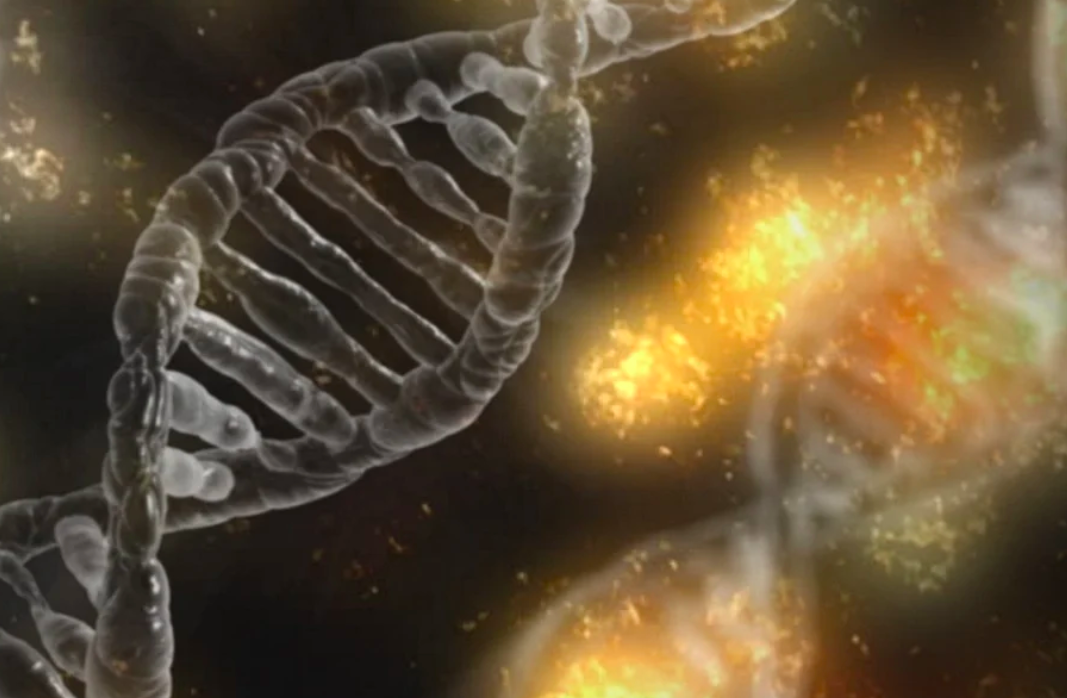
Scientists ID Genes That are Critical to Liver Regeneration
In mammals, the liver can repair and regenerate after damage or injury through at least two biochemical pathways. Now scientists have identified genes that are crucial to liver regeneration; some are…
Continue Reading
-

Using CRISPR to Repair Neural Damage
The CRISPR gene editing technology has transformed the research lab, and this powerful tool is now making its way into the clinic. So far, three different human diseases have been successfully treated in…
Continue Reading
-
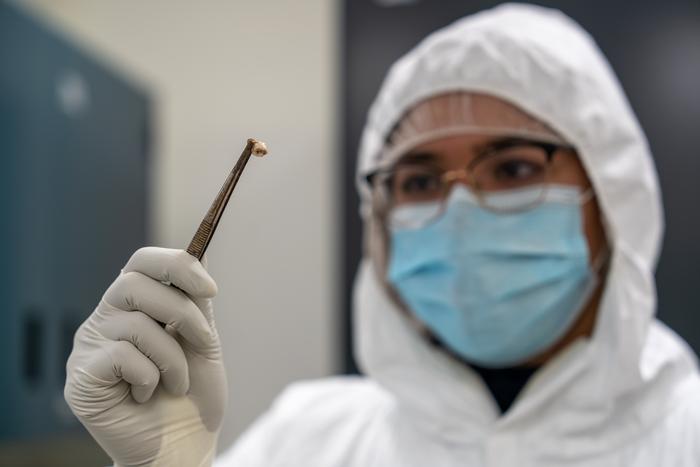
How One Gene Helped Plague Persistently Cause Pandemics
Bubonic plague has caused the deadliest pandemic in history: The Black Death, which killed as many as 50% of affected populations in Western Asia, Africa, and Europe. After that, in the 14th century, there…
Continue Reading
-

Men’s Dementia Risk May be Doubled by Common Gene Variant
While most of us carry the same human genes, those genes can have small changes or variations in their sequences, which can have a wide range of effects; some genetic changes may have very little or no effect…
Continue Reading
